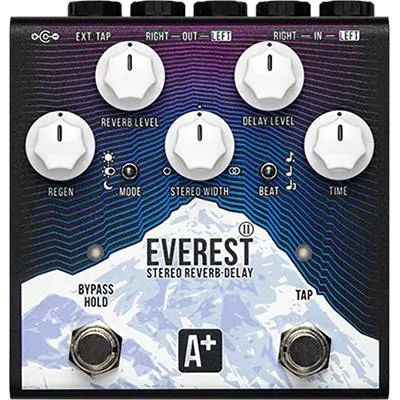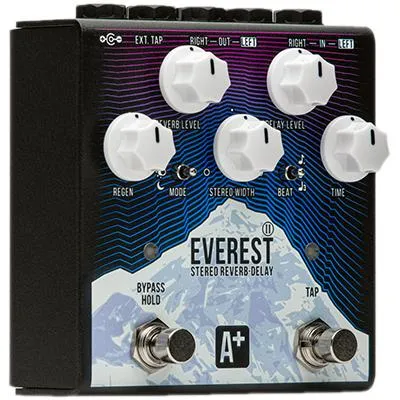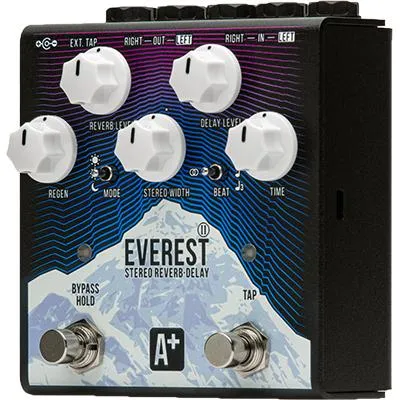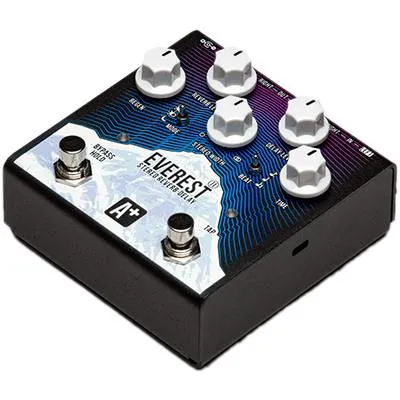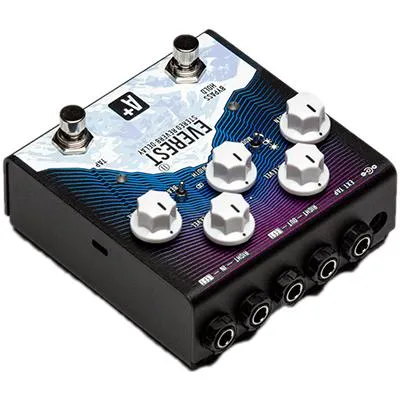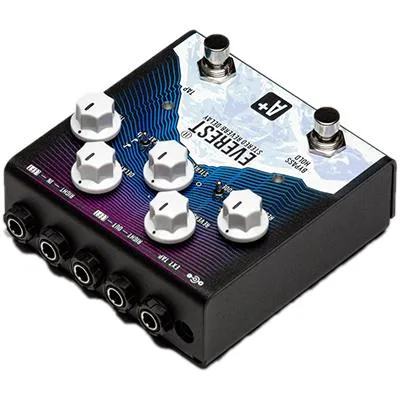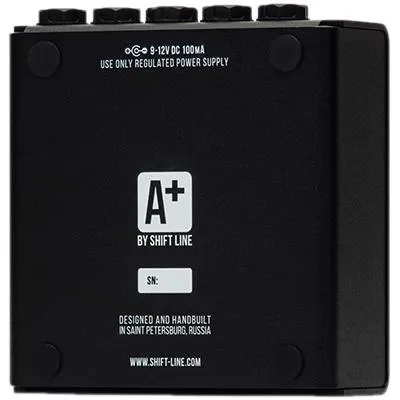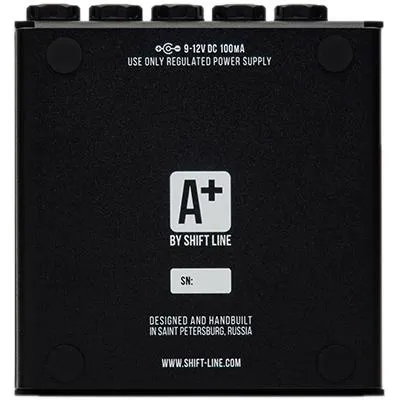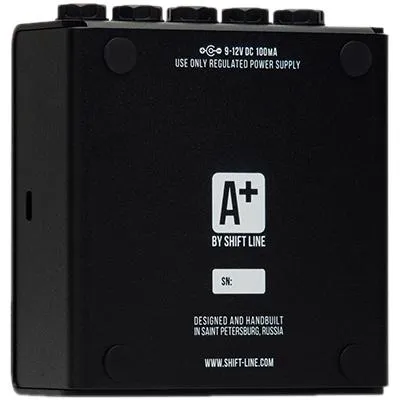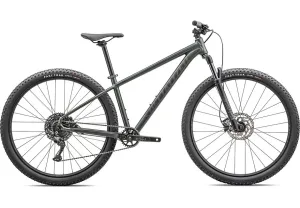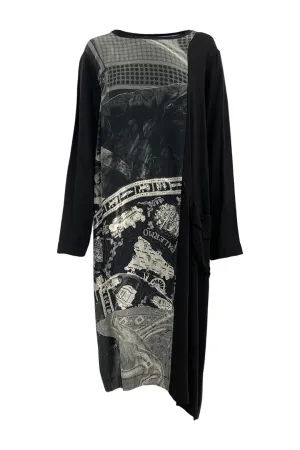The A Everest II is the result of the Everest M evolution. Aside from the new enclosure, stereo mode and tap tempo, the new pedal has got a new architecture with completely reworked algorithms. The combination of reverb and delay in a single compact pedal allows for otherworldly atmospheric textures along with classic spatial sound processing. The pedal is suited for use with any kind of instrument: guitar, bass, synths, drums, or anything else.
The Everest II has retained its predecessor's compact size, minimalist UI and extensive sonic palette. New additions include stereo mode with width control, dual mono mode, tap tempo (with external control via MIDI or analog triggers), and an improved hold mode. Sculpting your sound has never been easier; now you will have even more time for actual music creation!
Everest II: Key Features
- Fully fledged stereo signal chain with width control and dual mono mode.
- Tap tempo with subdivisions.
- Stereo and ping-pong delay.
- 12 directly accessible algorithms with per-bank or per-patch selection.
- Independent volume controls for reverb and delay along with the option to use either effect in separation.
- Control over the brightness of the sound via a low-pass filter.
- The option to use delay filters separately.
- Hold Mode: infinite sustain gradually shifting into self-oscillation.
- "Favorite": the option to save and recall a preset from the device's memory.
- Firmware updates and fine-tuning via microUSB.
- Fine-tuning of each patch and/or the device's overall operation via the config file.
- External tap tempo control jack which accepts passive controllers, MIDI Clock and analog triggers (S-trig/V-trig).
- Fully analog dry signal chain.
- Switchable tails in bypass.
- Kill Dry: the option to exclude the dry signal from the output in order to use the pedal in Wet-Dry-Wet configurations or external mixing setups.
- Lightweight and compact aluminium enclosure featuring top-mounted jacks for improved connectivity and easier pedalboard management.
- Universal power intake in the 9-12V range; low current draw by digital device standards (75-100mA).

